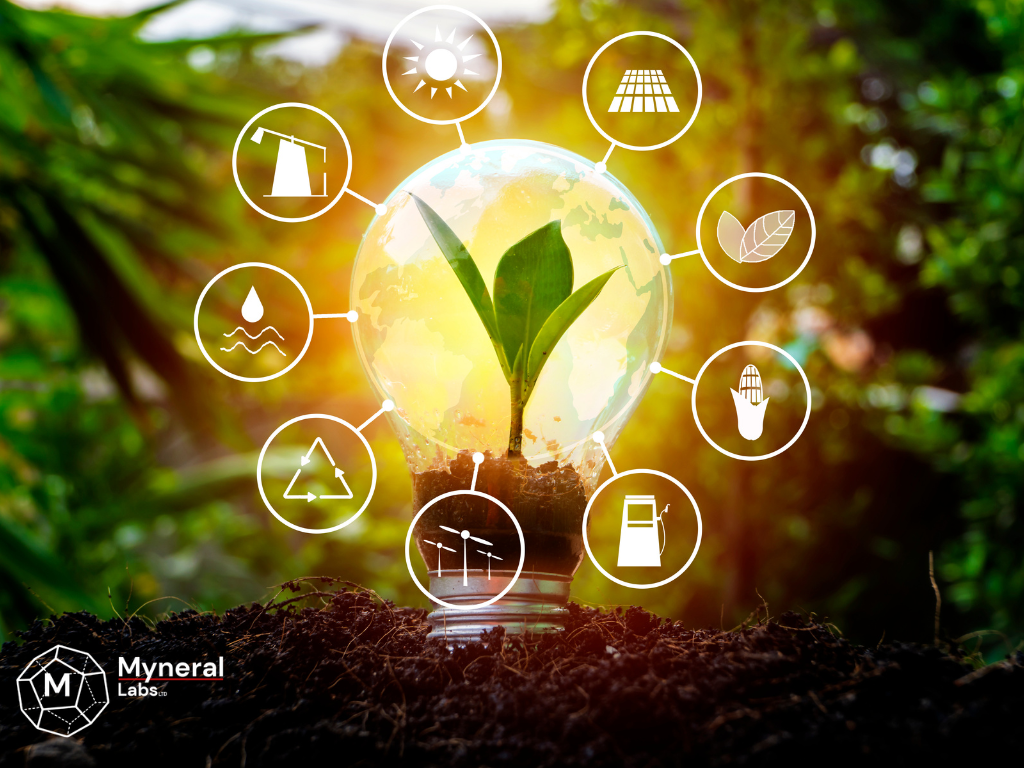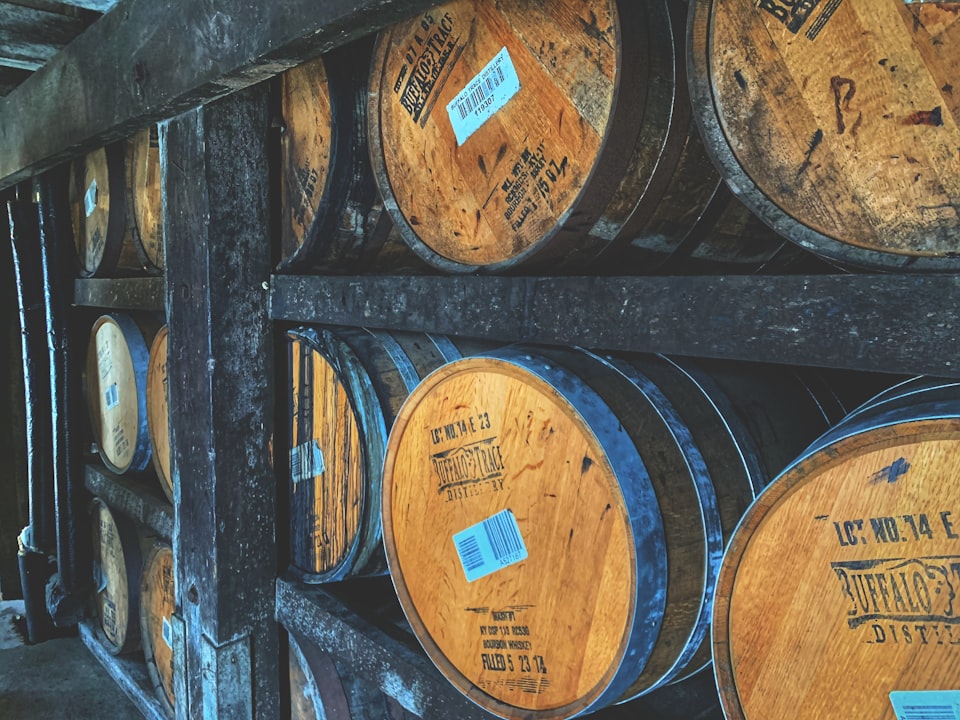Navigating the Blue Horizon: A Comprehensive Exploration of Sustainability in the Fishing Industry
The global fishing industry finds itself at a crossroads, struggling with balancing the growing demand for seafood with the imperative to protect the delicate ecosystems that support the global marine life. In this comprehensive analysis, we dive into the multifaceted world of sustainability within the fishing industry, analyzing a number of vital areas, incl. fuel consumption, fish processing plants, the equipment utilized onboard fishing vessels and technology in the space.
The environmental toll imposed on the world by the fishing industry's reliance on conventional fuels is undeniable. Fossil fuel consumption not only contributes to air pollution but also intensifies the industry's overall carbon footprint. Recognizing the urgency to transition towards sustainable practices is critical, and the fishing sector must actively explore innovative solutions in the market, in order to mitigate its impact on the global environment.

The shift towards sustainable fuels has emerged as a beacon of hope for the industry. Biodiesel, which can be sourced from renewable feedstocks, presents a much cleaner alternative to traditional diesel made from fossil fuels. Additionally, the adoption of hybrid and fully electric fishing vessels is reshaping the maritime landscape, much like we are seeing on the roads of our societies, which offers a promising opportunity for reducing the dependency on fossil fuels globally.

Fuel efficiency stands as the first target in the quest for sustainability. Modernizing fishing vessels with fuel-efficient engines, advanced hull designs, and state-of-the-art propulsion systems has become paramount. The industry tries their utmost to usher in a new era of energy-efficient vessels by investing heavily in research and development. As a result, the industry is poised to reduce the ecological impact of maritime operations.
Fish Processing Plants
Ensuring the quality and safety of seafood products is directly tied to fish processing plants. Still, these facilities, often characterized by energy-intensive processes and waste generation in their operations, really need a much-needed recalibration towards sustainable production practices to foster environmental stewardship for the industry as a whole. It is important that these processing plants and factories become more sustainable.
Fish processing plants can chart a sustainable course by embracing energy-efficient technologies. From LED lighting to cutting-edge refrigeration systems and heat recovery mechanisms, each of these innovations contributes to a substantial reduction in overall energy consumption of these fish processing plants. Furthermore, the integration of renewable energy sources, such as solar and wind power, holds immense promise for elevating the sustainability profile of these crucial processing hubs.

Adding in new cutting-edge technology like blockchain technology will give the industry new tools, to share their efforts in the struggle to reduce the carbon footprint and environmental impact for the fishing industry as a whole.
Being able to record data directly from the vessels, as they fish are caught, geotagging locations and storage conditions onboard the vessel – and continue to record all actions in the fish processing plants, will allow the producers to show the carbon insets they are executing in their operation. The industry are making massive investments in an effort to combat the environmental impact it is making on the world around us, and adding the capability to share these efforts and the resulting reductions. Bringing this information out to the end-consumer, increases the overall return on investment on all of the sustainability investment made by the industry.

Addressing the issue of waste is central to the sustainable evolution of fish processing. Adopting a circular economy approach involves repurposing by-products for secondary products, such as fishmeal, fish oil, or even pharmaceuticals. By doing so, not only is waste minimized, but the value extracted from each harvested fish is maximized.
Global Legislation
Global and regional governing bodies have tried to make an impact on traceability within the fishing industry for decades. Utilizing technology like blockchain technology to help clearly and unequivocally determine the origin of all products, would be very valuable as there are several pieces of legislation, requiring manufacturers to ensure certified and proper labelling, which should confirm origin of the products in question.
Current legislation includes:
EU Regulation (EU) No 1379/2013, which establishes clear rules for labeling of fishery and aquaculture products within the European Union. This includes indicating the origin or fishery and aquacultural products.
U.S. Seafood Import Monitoring Program (SIMP): This legislation requires full traceability for certain seafood products. Importers must provide key data for specific fish and fish products imported from the entire supply chain of these products – including the origin of the products.
Fishing Equipment Onboard
The impact of fishing equipment on both target species and the broader marine ecosystem is profound. The adoption of sustainable practices in the design and usage of fishing equipment is pivotal for the preservation of oceanic biodiversity.
Selective fishing gear has emerged as a beacon of hope for sustainability. By utilizing gear that targets specific species while minimizing bycatch, the industry can significantly reduce unintended harm to marine life. This approach promotes responsible fishing practices and contributes to the broader objective of maintaining biodiversity in our oceans.

The integration of technology into fishing practices heralds a new era of responsible resource management. Real-time monitoring systems and artificial intelligence play a crucial role in identifying optimal fishing areas, avoiding overfished regions, and closely monitoring stock levels to prevent depletion. These technological innovations empower fisheries with the knowledge needed to make informed, sustainable decisions.
Conclusion
In navigating the seas towards sustainability, the fishing industry must chart a course that addresses fuel consumption, fish processing, and onboard equipment. The adoption of alternative fuels, coupled with a commitment to energy efficiency and responsible fishing practices, represents a collective effort towards a more sustainable future. Collaboration among stakeholders — governments, fisheries, and consumers — is imperative to drive and sustain these initiatives, ensuring the longevity of our oceans and the communities reliant on them. The journey towards a sustainable fishing industry is both a challenge and an opportunity, one that beckons us to embrace innovation, conservation, and a shared responsibility for the blue planet we call home.




